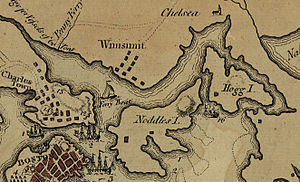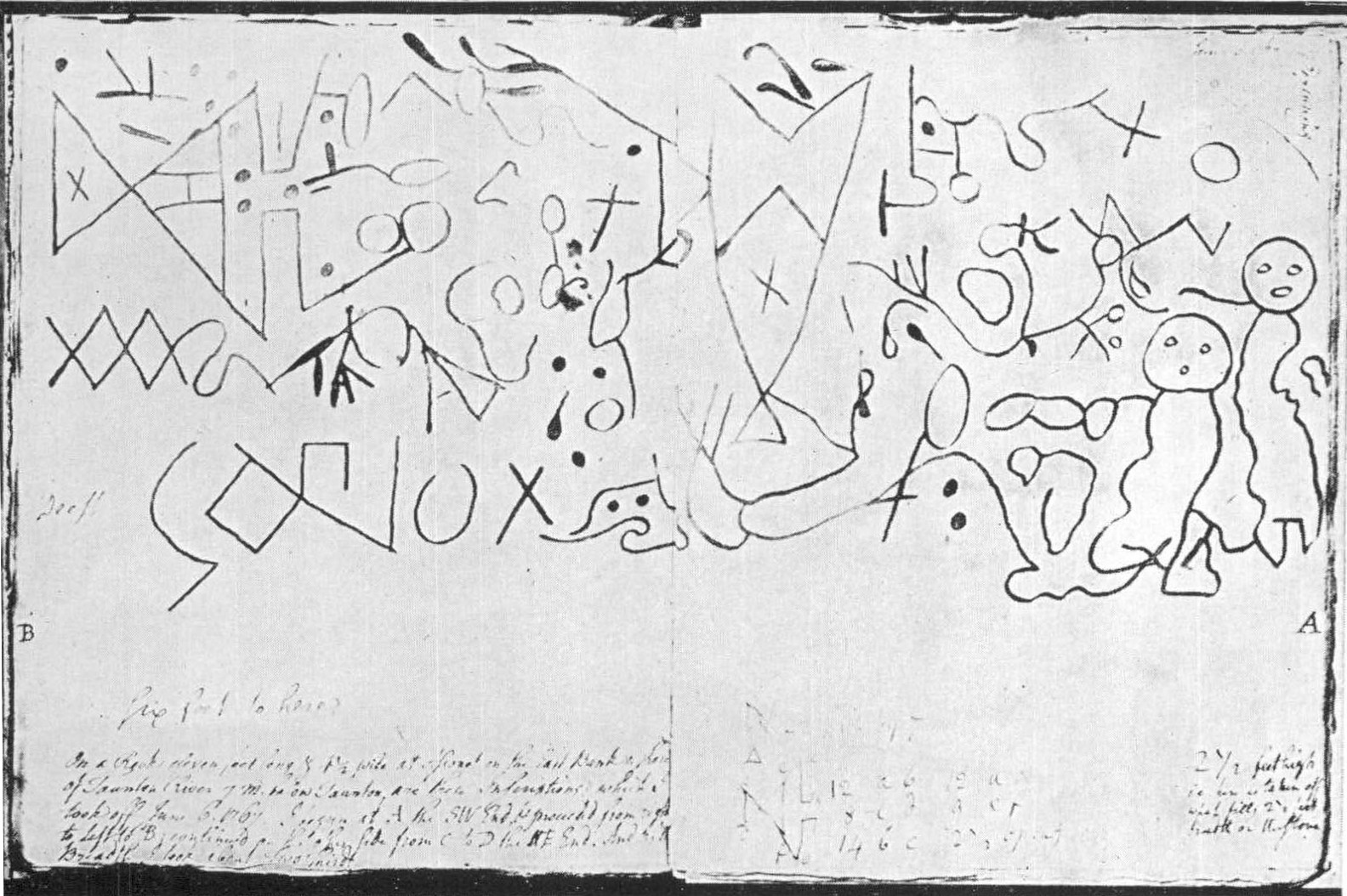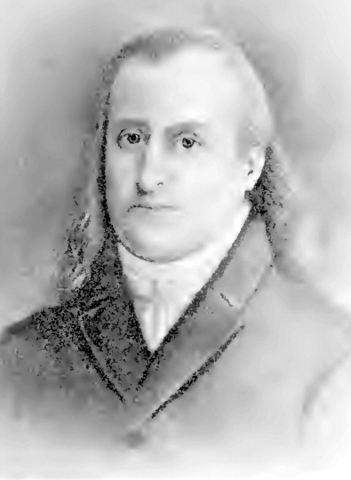In May 1768, as I
quoted yesterday, Boston’s
town meeting took a stand against letting the
Commissioners of Customs dine in
Faneuil Hall on Election Day. If Gov.
Francis Bernard wanted to invite those tariff-collecting officials to the day’s traditional dinner, he’d have to find somewhere else to dine.
One Bostonian was in an even sharper feud with the Customs service that spring:
John Hancock. I’ll save the meat of their dispute for an anniversary next month. For now, I’ll simply say that Hancock had declared that he wouldn’t participate in any dinner that involved the Customs Commissioners. That meant not joining the usual military escort for the governor as an officer in the
Company of Cadets, the province’s most prestigious militia company.
On 12 May the Commissioners complained about the situation in a letter to London, as Neal Nusholtz quoted in
this article at the Journal of the American Revolution:
We cannot omit mentioning to your Lordships that Mr. Hancock before named is one of the leaders of the Disaffected in this town, that early in the Winter he declared in the General Assembly that he would not suffer our officers to go even on board any of his London Ships and now he carries his opposition to Government to even a higher pitch.
Being Major of his company of Cadets which distinguished itself in the year 1766 [actually September 1765] by putting a stop to the riots, and it being usual for the Governor to invite all the servants of the Crown to Dine with him on the Day of their general election, which happens on the 25th instant, a Majority of his Corps met together a few days ago and came to a resolution to acquaint the Governor, that they would not attend him on that occasion as usual if he invited the Commissioners of the Customs to dine with him, and this being signified to His Excellency, he answered that he would enter into no stipulation with them, and positively required their attendance.
Gov. Bernard liked the Cadets because they had helped keep the peace after the worst
Stamp Act riot. He had given the company commander,
Leonard Jarvis, some very good introductions before he sailed to London in late 1767. Now the governor summoned the acting commander, Lt. Col.
Joseph Scott. (Scott took over formally in 1769. He makes a notable appearance in
The Road to Concord because he was an ironmonger who sold
artillery ordnance.)
According to a detailed account signed “Marmaduke Myrmidon” and published in the 9 May
Boston Gazette, Gov. Bernard told Scott that the Cadets’ disrespect for his office “would tend to anarchy and confusion, and erase the very shadow of military discipline.” He ordered Scott to summon the entire company and ask each man in turn if he would report on Election Day. If anyone said no, the lieutenant colonel should respond that “the G[overnor] thank’d him for his past services, and dismiss’d him from any further employment.”
The Cadets balked at the governor’s demand. The
Gazette article said “a very few” promised to attend, “some” said they wouldn’t, and most refused to answer either way. The Customs Commissioners said, “Mr. Hancock thereupon tore the seal off his Commission, and all the rest of the Company except nine Declared they would not continue any longer in the service.”
On 12 May, the same day as the Commissioners’ letter, the bulk of the Cadets met without Scott. They talked about replacing him with a commander they preferred. The next day those men sent a committee out to Gov. Bernard’s home in
Jamaica Plain to tell him of their preference. The day after that, the governor’s secretary,
John Cotton, replied that the ex-Cadets were just piling one affront on top of another. (“Marmaduke Myrmidon” would publish Cotton’s note in the 23 May
Gazette.)
However, at the end of that week, with Election Day coming closer, men moved to patch things up. On 18 May, Cotton wrote to Hancock “conveying the Governor's displeasure at the unlawful assembly of the Cadets and Hancock after the latter’s dismissal” but opening the door to a dialogue. (That description comes from the
catalogue of the Cadets’ papers at Boston University.) Bernard was willing to meet and clear up misunderstandings—as long as there was a witness present. At noon on Sunday, 22 May,
Council member
Thomas Flucker invited Hancock to come to his house “immediately after sunset” to meet with the governor.
On 23 May, the Boston town meeting confirmed their vote against letting Gov. Bernard use Faneuil Hall for any dinner involving the Customs Commissioners. Later that day, the
Boston Evening-Post carried a two-paragraph announcement from Joseph Scott, desiring “The Gentlemen of the Cadet Company under my Command” to report that evening and the next at Faneuil Hall, presumably for drill and inspection, and then to gather “at the usual Place of Parade” at 9:00 A.M. on Wednesday—Election Day.
TOMORROW: Election Day at last.


















